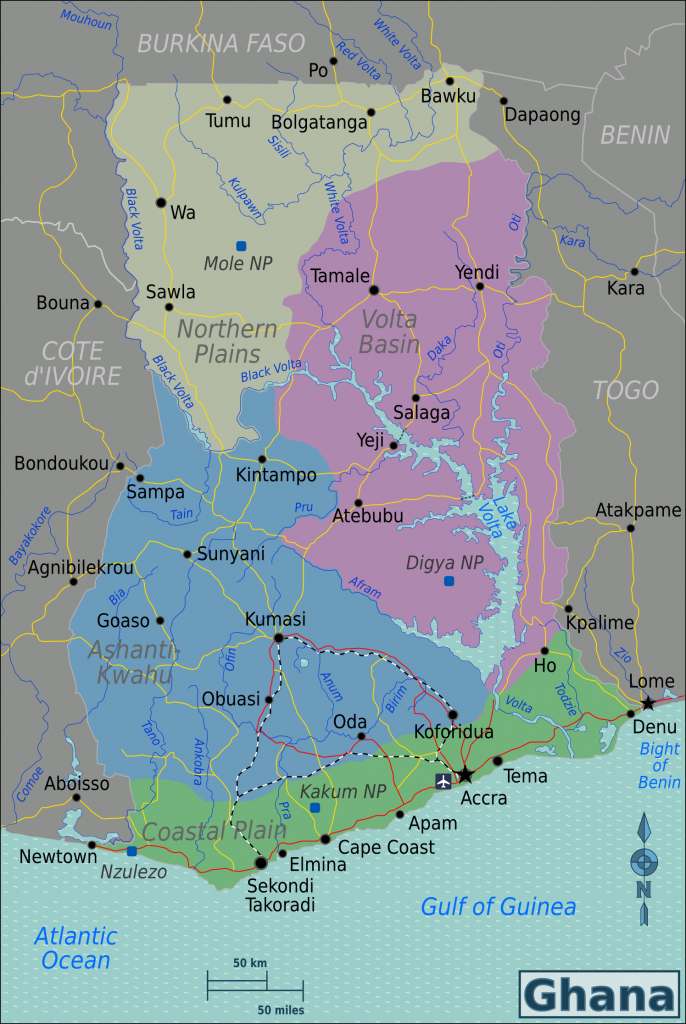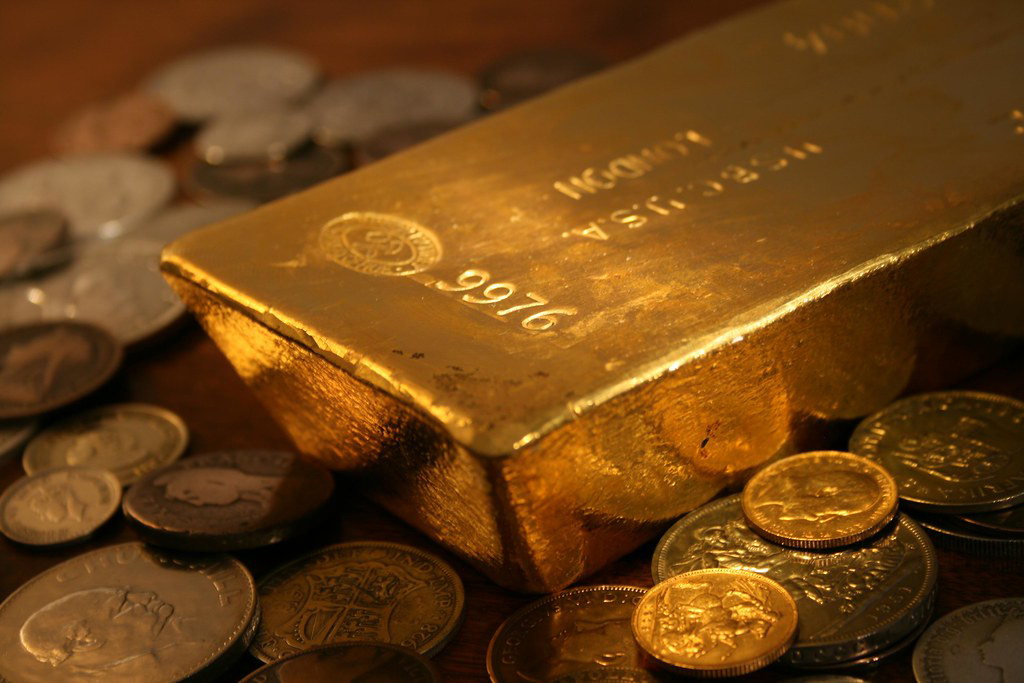A doré bar is a semi-pure alloy of gold and silver. It is usually created at the site of a mine and then transported to a refinery for further purification. The proportions of silver and gold can vary widely. Doré bars weigh as much as 25 kg
During the nineteenth-century gold rushes, gold nuggets and dust would be melted into crude gold bars mistakenly called “bullion” by miners. They were, more accurately, doré bars with higher contents of silver and other adulterants than mints of the world would accept. Mint and private assayers would then refine the doré bars to an acceptable purity, 999 fine, gold bullion, the silver and base metals removed.
By the time of the California gold rush, mints were moving away from the age-old process of cupellation to “part” bullion and moving toward the acid refining process developed by chemist Joseph Louis Gay-Lussac for the French mint. By the time of the Klondike gold rush, mints were replacing Gay-Lussac’s acid process and introducing electrolysis to refine doré bars into 999.9 purity gold bullion.
Ghana produces doré bar and our team in Ghana specialize in Ghana gold export.

Ghana is located on the Gulf of Guinea, only a few degrees north of the Equator, therefore giving it a warm climate. Ghana spans an area of 238,535 km2 (92,099 sq mi), and has an Atlantic coastline that stretches 560 kilometres (350 miles) on the Gulf of Guinea in Atlantic Ocean to its south. It lies between latitudes 4°45’N and 11°N, and longitudes 1°15’E and 3°15’W.
The Prime Meridian passes through Ghana, specifically through the industrial port town of Tema. Ghana is geographically closer to the “centre” of the Earth geographical coordinates than any other country; even though the notional centre, (0°, 0°) is located in the Atlantic Ocean approximately 614 km (382 mi) off the south-east coast of Ghana on the Gulf of Guinea.
Grasslands mixed with south coastal shrublands and forests dominate Ghana, with forest extending northward from the south-west coast of Ghana on the Gulf of Guinea in the Atlantic Ocean 320 kilometres (200 miles) and eastward for a maximum of about 270 kilometres (170 miles) with the Kingdom of Ashanti or the southern part of Ghana being a primary location for mining of industrial minerals and timber.
Ghana encompasses plains, waterfalls, low hills, rivers, Lake Volta, the world’s largest artificial lake, Dodi Island and Bobowasi Island on the south Atlantic Ocean coast of Ghana.[65] The northernmost part of Ghana is Pulmakong and the southernmost part of Ghana is Cape Three Points.


Hi, this is a comment.
To get started with moderating, editing, and deleting comments, please visit the Comments screen in the dashboard.
Commenter avatars come from Gravatar.